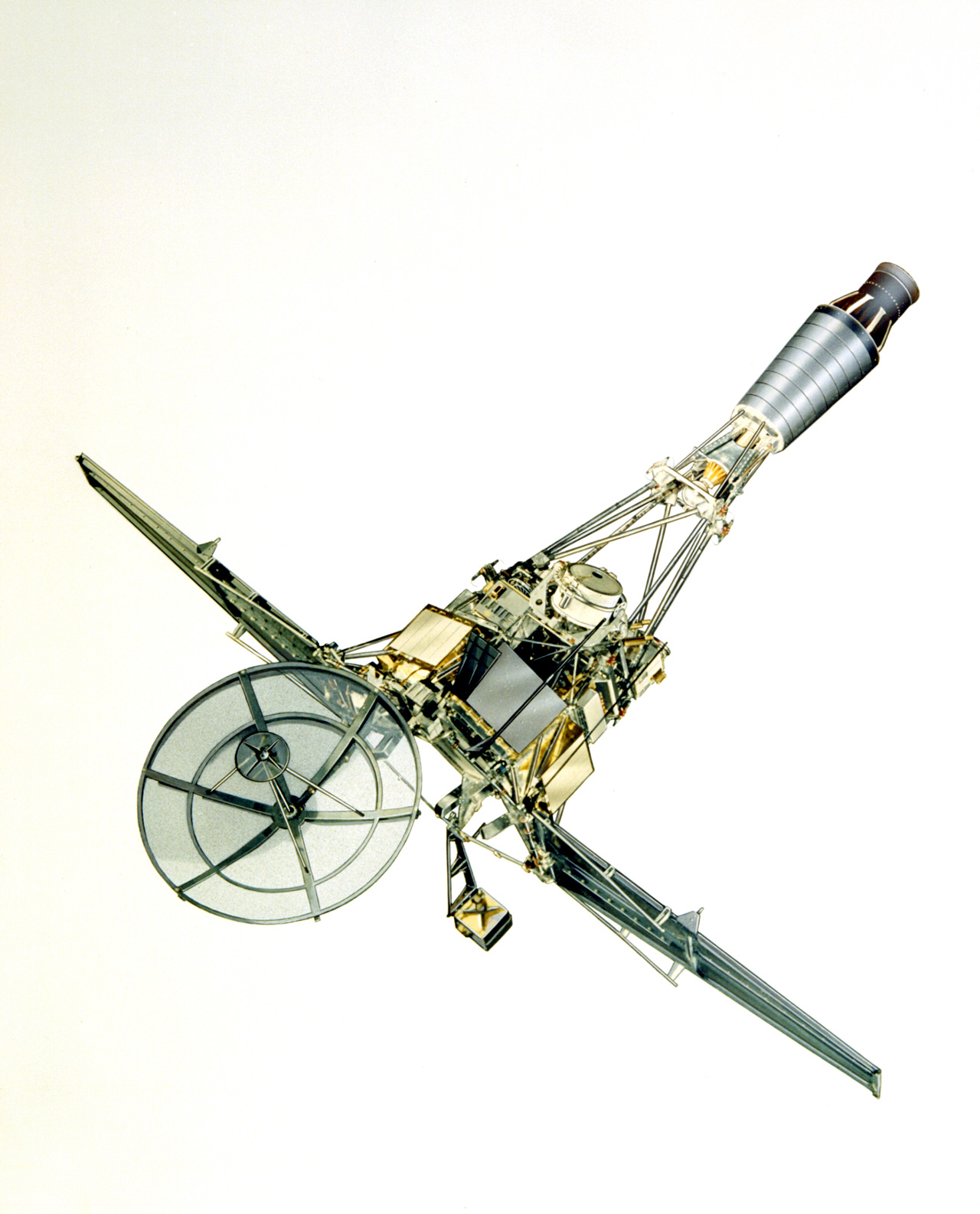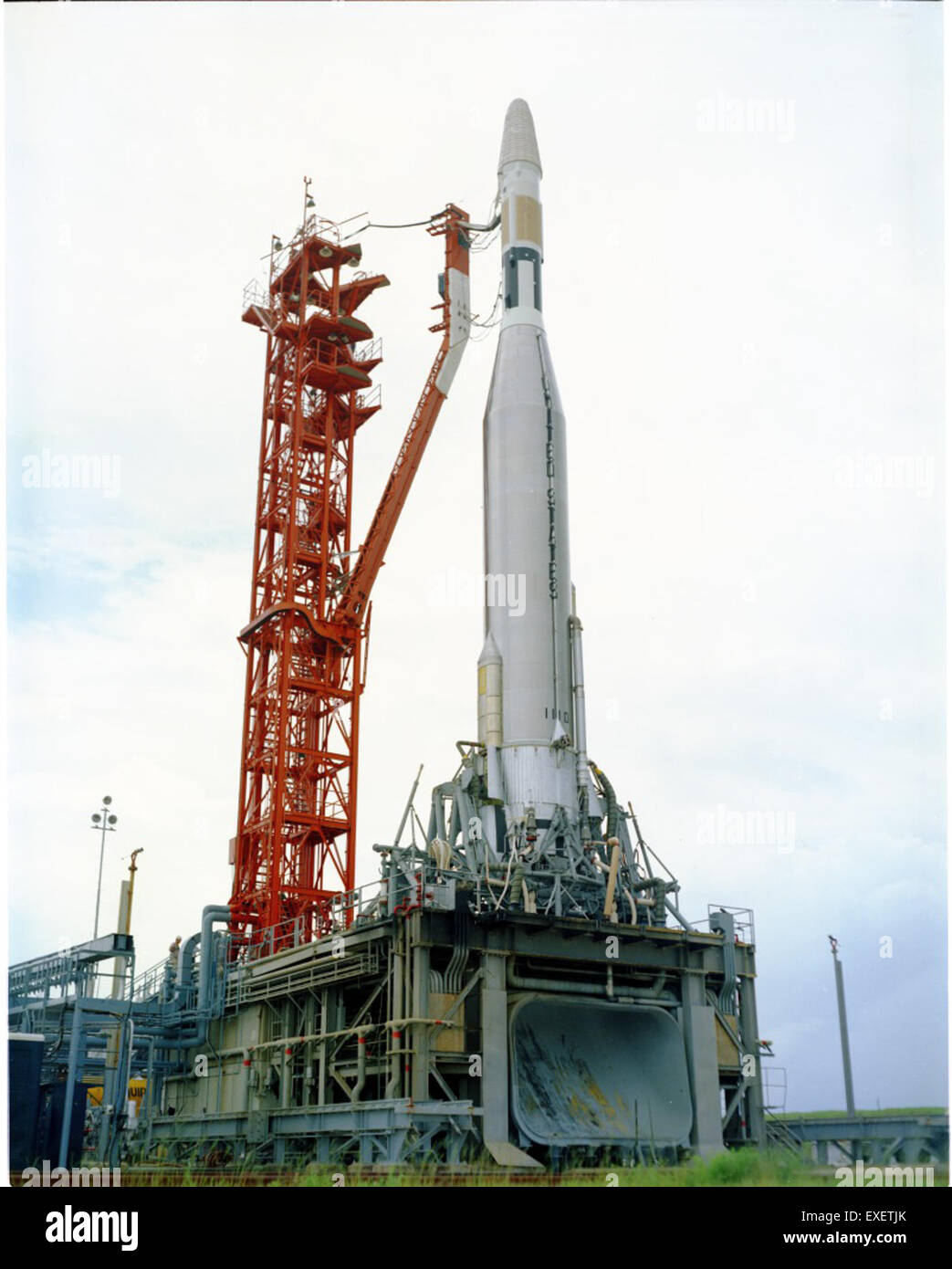

The first operational missile, the Atlas D, was the basis for launching the Mercury manned spacecraft into orbit. However surplus ICBM's were stored, refurbished, and used as space launch vehicles until the last was flown in 1995 - 33 years after it was manufactured. For all of this effort, the Atlas was quickly obsolete, and the facilities were closed by 1966 after five years of service. The balance was for the tremendous cost of the ICBM launch facilities. About a quarter of this went to Convair to design and develop the missile and launch facilities. Total cost of the Atlas ICBM program to the United States was $8 billion.

In a tremendous national effort, by 1959 a peak of 33,000 personnel were working on the project. The first Atlas A flight took place on 11 June 1957. The first propulsion system and component tests were conducted in June 1956 the first captive and flight-test missiles were completed later the same year. The project became one of the largest and most complex production, testing, and construction programs ever undertaken. In September 1955, faced with intelligence reports of Russian progress on their ICBM, the Atlas received the highest national development priority. At Convair the project was known the Model 7 (in Russia, Korolev was working on the competing R-7 ICBM - evidently both sides wanted to use the lucky number).
#Atlas agena ranger full#
This allowed confirmation that all engines were functioning correctly before releasing the missile for flight.Ī full go-ahead for the Atlas design was ordered in January 1955 as Weapon System WS107A-l. This led to the stage-and-a-half concept, with all engines ignited prior to lift-off and the booster engines jettisoned during flight. In 1953 the now-Convair Division of General Dynamics presented a plan to the Air Force for an accelerated program.Ī major propulsion problem in the early 1950's was that liquid rocket motor ignition reliability was less than 50 percent. Convair received a new contract (MX-1593) in September 1951 to begin design of a ballistic missile incorporating the design features validated by the MX-774. The outbreak of the Korean war and the beginning of the cold war loosened the federal purse strings. Further work at Convair was reduced to ‘Mafia' low-level design activity using company funds. The remaining contract funds allowed three MX-774's to be test-launched at White Sands Proving Ground in July-December 1947. Defense cutbacks forced the Air Force to terminate the MX-774 contract in July 1947, only three months before the first scheduled flight. In June, Consolidated Vultee was notified that it had lost the cruise missile competition Northrop and Martin received contracts for development of their subsonic jet-powered cruise missile designs. Captive testing of the MX-774 research rockets began in San Diego in 1947. On 19 April Convair received a contract for $1,893,000 to fabricate and test ten MX-774 Hiroc missiles to verify Bossart's innovative ballistic missile concepts. New technologies proposed for the ballistic missile included extremely low structural weight through use of steel monocoque single-wall construction tanks, kept rigid by internal tank pressure gimbaled rocket engines a detachable warhead section and nearly single-stage to orbit performance through the ‘stage-and-a-half' approach of jettisoning the booster engines during the ascent. By 10 January 1946, Consolidated-Vultee's engineers, under the leadership of Belgian-born Karel Bossart, submitted their proposals for two 6,000-nautical mile missiles: one subsonic, winged, and jet powered the other supersonic, ballistic, and rocket powered. Status: Retired 2004.Ītlas began with a US Army Air Corps request for proposal in October 1945 for long-range missile designs. Its innovative stage-and-a-half and 'balloon tank' design provided the best dry-mass fraction of any launch vehicle ever built. It launched America's first astronaut into orbit the first generations of spy satellites the first lunar orbiters and landers the first probes to Venus, Mars, Mercury, Jupiter, and Saturn and was America's most successful commercial launcher of communications satellites. The Atlas rocket, originally developed as America's first ICBM, was the basis for most early American space exploration and was that country's most successful medium-lift commercial launch vehicle.


 0 kommentar(er)
0 kommentar(er)
